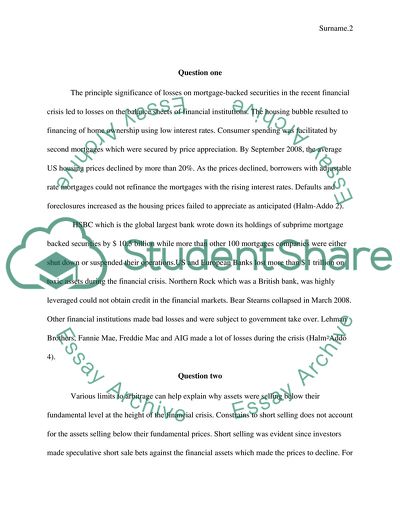Cite this document
(“Reccession of 2008 and Great depression Essay Example | Topics and Well Written Essays - 2000 words”, n.d.)
Reccession of 2008 and Great depression Essay Example | Topics and Well Written Essays - 2000 words. Retrieved from https://studentshare.org/macro-microeconomics/1589872-reccession-of-2008-and-great-depression
Reccession of 2008 and Great depression Essay Example | Topics and Well Written Essays - 2000 words. Retrieved from https://studentshare.org/macro-microeconomics/1589872-reccession-of-2008-and-great-depression
(Reccession of 2008 and Great Depression Essay Example | Topics and Well Written Essays - 2000 Words)
Reccession of 2008 and Great Depression Essay Example | Topics and Well Written Essays - 2000 Words. https://studentshare.org/macro-microeconomics/1589872-reccession-of-2008-and-great-depression.
Reccession of 2008 and Great Depression Essay Example | Topics and Well Written Essays - 2000 Words. https://studentshare.org/macro-microeconomics/1589872-reccession-of-2008-and-great-depression.
“Reccession of 2008 and Great Depression Essay Example | Topics and Well Written Essays - 2000 Words”, n.d. https://studentshare.org/macro-microeconomics/1589872-reccession-of-2008-and-great-depression.


